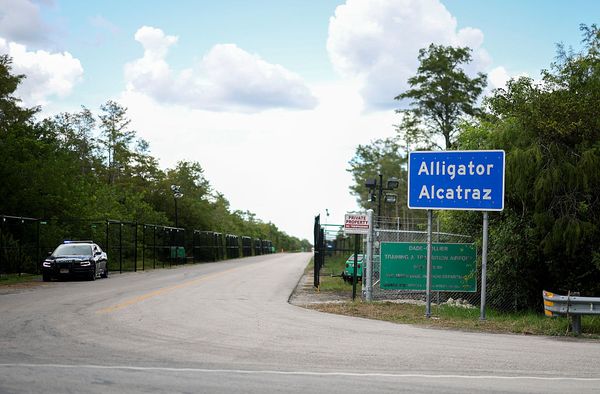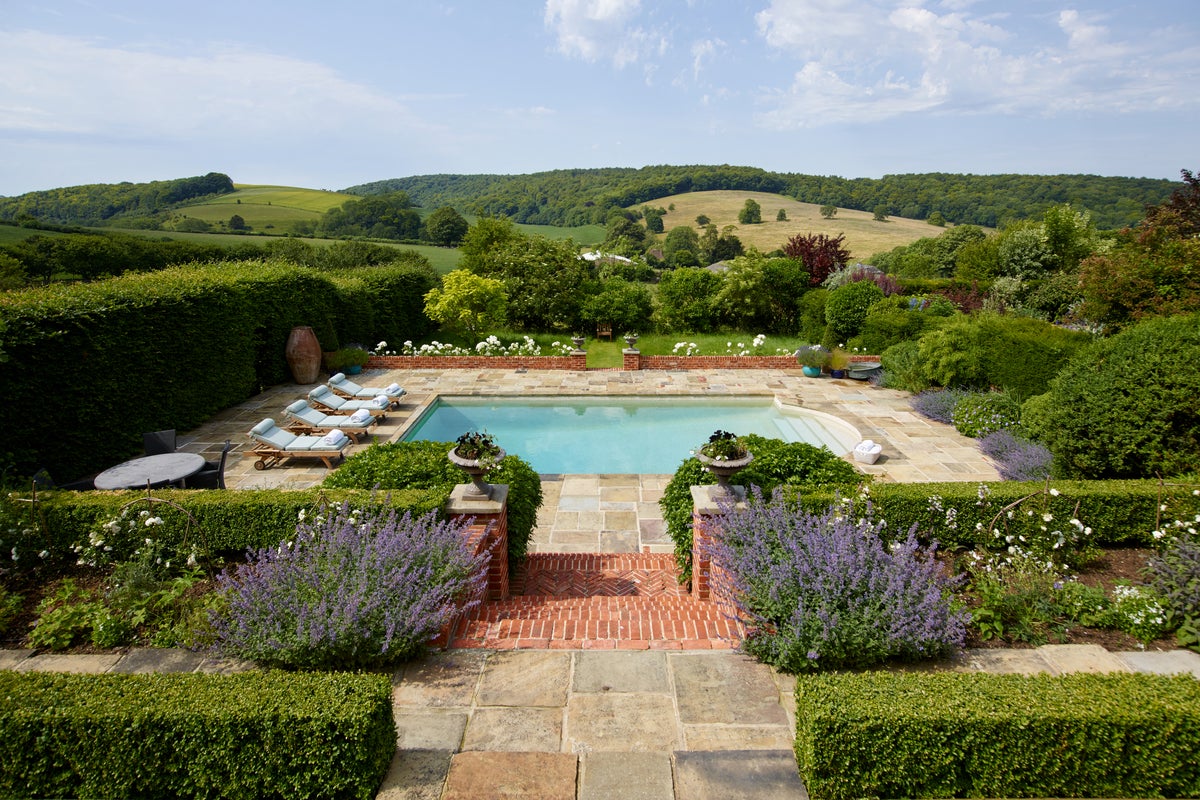
In the wake of this year’s RHS Chelsea Flower Show, one message rings loud and clear: the garden is no longer just a backdrop to the home – it’s a central part of the living experience.
As outdoor design pushes creative and functional boundaries, homeowners are rethinking the role of their green spaces, transforming patios, terraces and lawns into luxurious, lifestyle-enhancing extensions of their interiors. But beyond the aesthetic and wellbeing benefits, a pressing question emerges: just how much value can a well-designed garden add to a home?
We’ve asked leading property experts and estate agents to delve into the rising influence of landscape architecture in the housing market. From boosting kerb appeal to increasing sale prices, we explore whether investing in high-quality outdoor design is becoming as essential as a kitchen renovation – or even more so.
Living space beyond walls
According to interior and landscape designer Philippa Thorp, whilst gardens aren’t typically factored into property valuations with the same precision as square footage, their impact on perceived and practical value is undeniable.
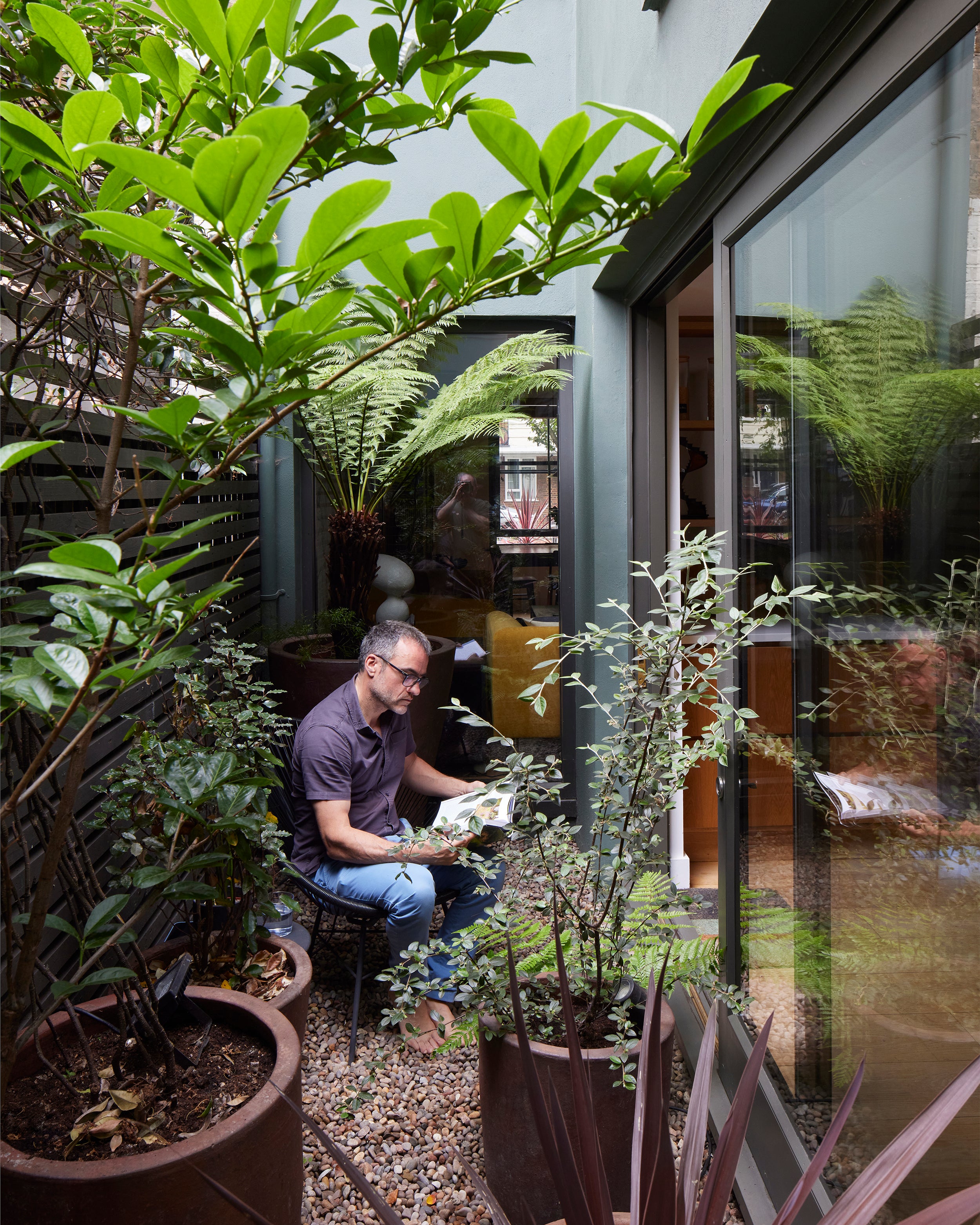
“When you introduce clear ‘rooms’ outside for sitting, eating, and entertaining, you expand the footprint of the property in a very tangible, usable way,” she explains. Modern gardens have evolved well beyond simple lawns and flowerbeds. With features like heating, lighting and outdoor kitchens, they increasingly function as true extensions of the home – spaces that flow seamlessly from interior to exterior and invite year-round use.
“A garden can be beautifully manicured, but it must also be allowed to breathe. A green space that feels alive – where things are moving, buzzing, nesting – suggests a home that’s in step with its surroundings,” Thorp adds. “And over time, that kind of integrity is likely to carry real value.”
The urban garden premium
“A beautifully landscaped garden not only increases a property’s market value but increases the saleability,” explains Phil Lay-Flurrie, associate partner at estate agency Fenn Wright. Features like seating areas, curated planting schemes and smart lighting enhance aesthetic appeal but also improve a home’s long-term value.
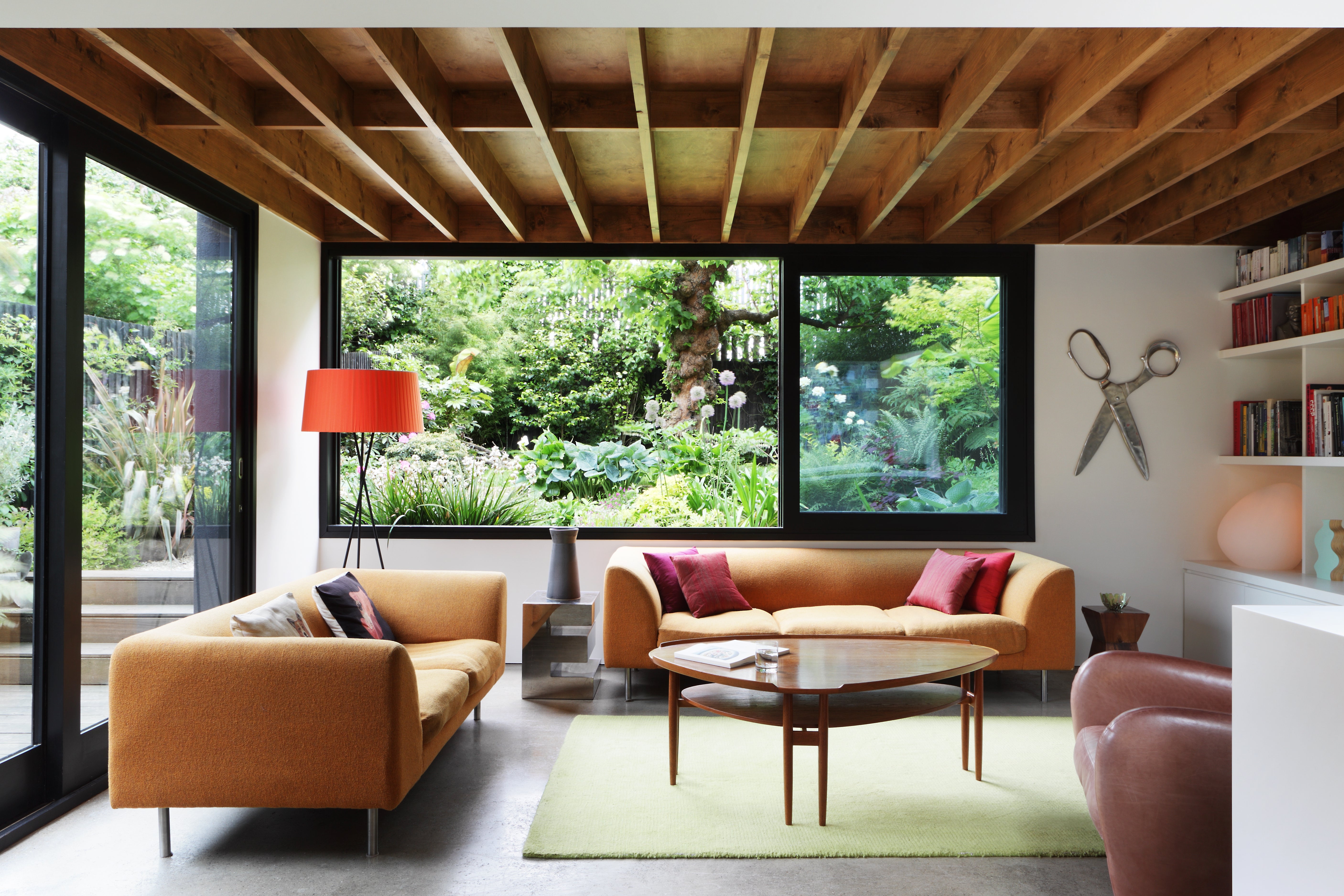
Lay-Flurrie emphasises that in today’s competitive market – especially in urban settings where green space is scarce – homes with gardens are commanding prices up to 30 per cent higher than those without. South and west-facing gardens are particularly desirable, offering sun-drenched spots for al fresco dining and helping to reduce energy costs by bringing more light and warmth into the home.
James Evans, CEO of London-based estate agency Douglas & Gordon, echoes this, adding: “A well-designed garden isn’t just ‘nice to have’, it can add real value. In some cases, we’ve seen it boost a property’s market price by up to 15 per cent. Buyers increasingly see outdoor space as an extension of their living room, and gardens that make the most of natural light are especially in demand.”
Invest in elements with impact
Water features, in particular, offer a powerful transformation. “Ponds, streams and waterfalls can be a great asset, creating a multi-sensory experience by engaging sight, sound and potentially even touch,” says architect David Money.
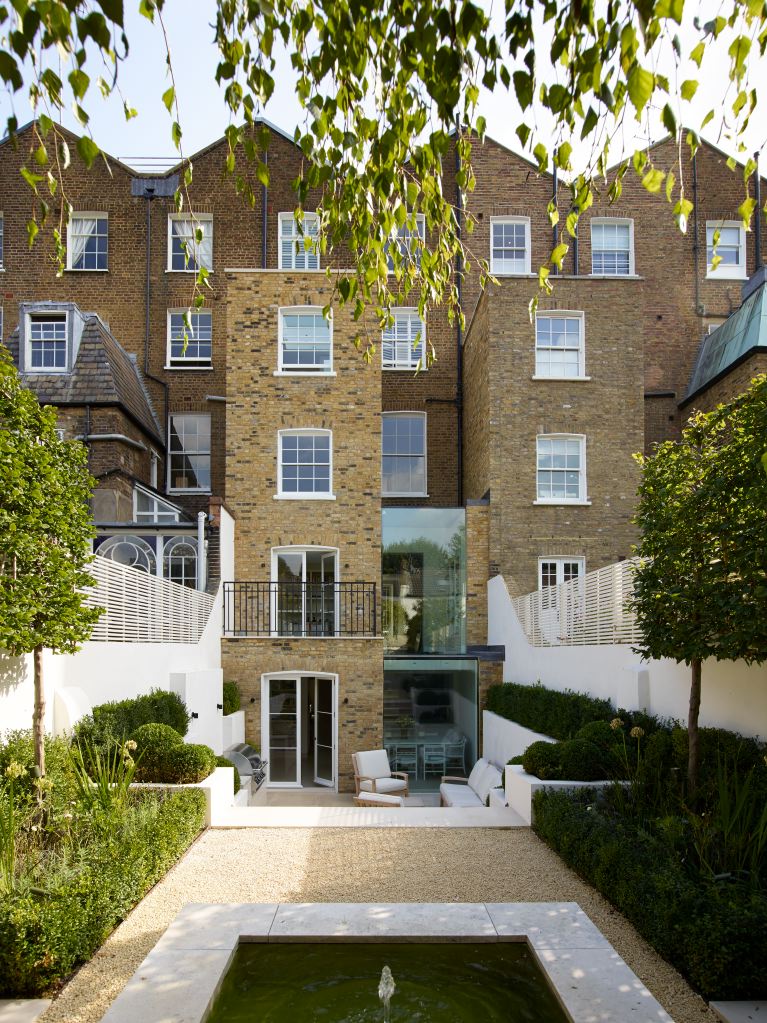
Trees, too, should be used with confidence. As Money puts it, they “give height and structure to a design, provide dappled shade, modulate heat gains, and can create the feeling of a house being set in a woodland clearing”.
The true impact lies in how these elements work together, inviting us to slow down and enjoy “the simple pleasure of sitting under the shade of a tree, listening to the gentle trickling of water”.
The growing value of green design
Eco-friendly garden features may not yet boost property value in quantifiable terms, however, their significance is growing fast, says Thorp. “People are increasingly aware that gardens aren’t just for show, they’re part of a wider ecological picture.”
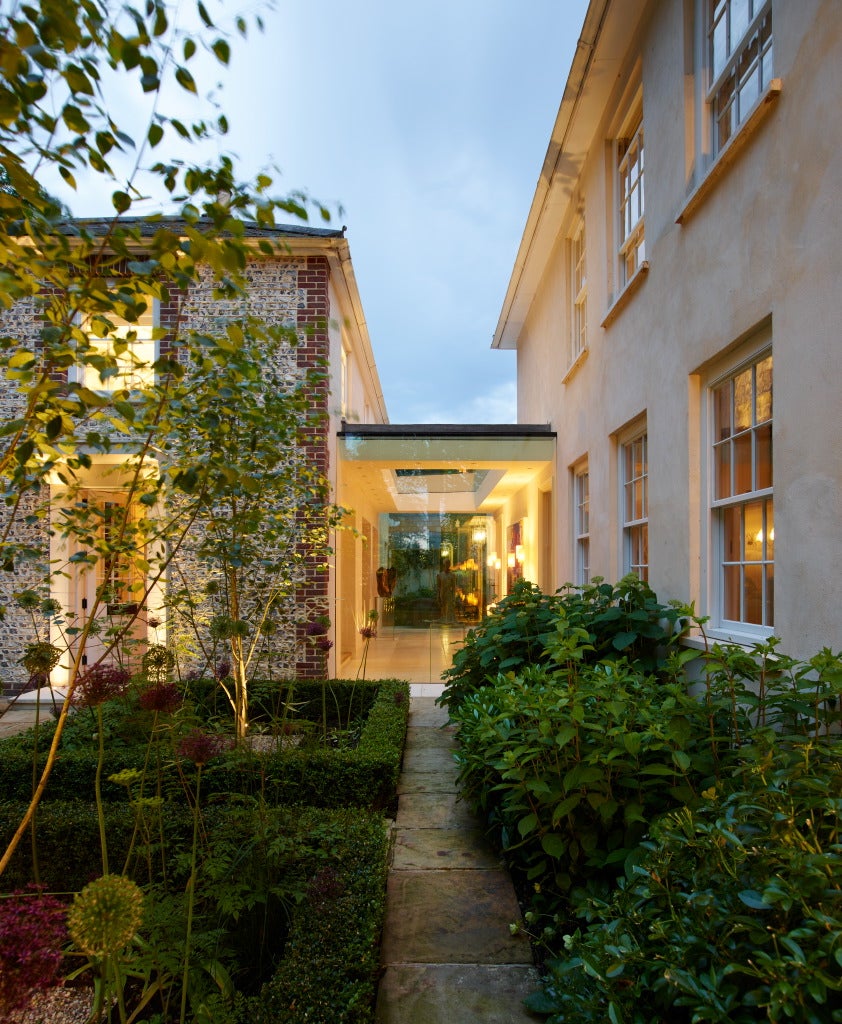
From native planting to water management and wildlife habitats, sustainability is becoming a key part of the design brief – not just for aesthetics, but as a response to biodiversity loss and environmental decline.
Though these features may not currently command higher sale prices, Thorp believes they add meaningful credibility to a home and, in time, will play a more prominent role in how a property's worth is measured.

